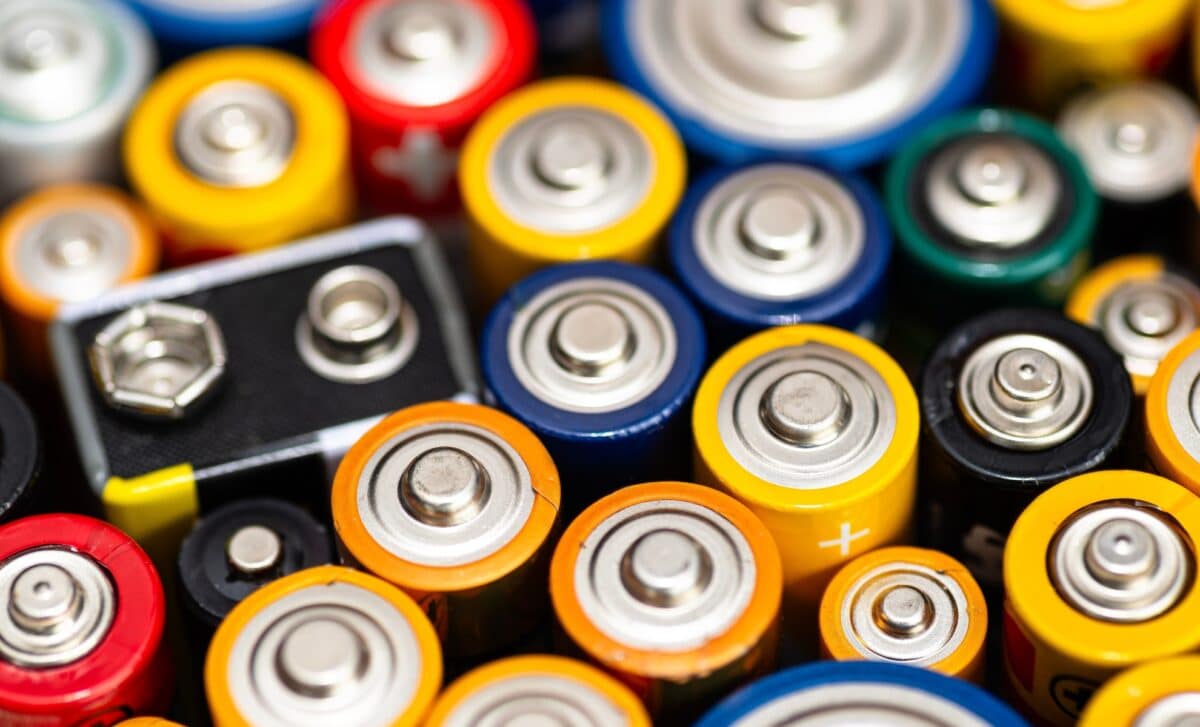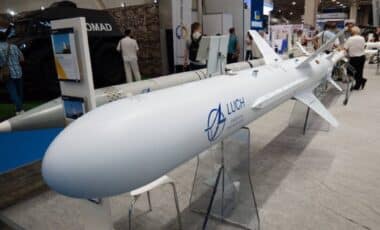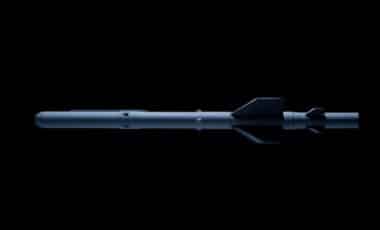Austrian researchers have developed a novel method to convert used batteries into renewable methane, offering a sustainable solution to the growing battery waste problem. This breakthrough from the Technical University of Vienna transforms toxic battery materials into clean energy, potentially impacting various industrial and automotive sectors.
The global demand for batteries, especially those containing nickel, lithium, and lead, continues to rise, but so does the environmental threat from their disposal. Many countries currently face challenges in managing spent batteries, which often end up in landfills or poorly regulated recycling processes. Austria’s approach provides a new way to reuse these materials by converting battery waste into a valuable energy source.
This Asian Country Surpasses the U.S. in Naval Electromagnetic Weapons
Transforming Battery Waste Into Renewable Methane
The Austrian team’s invention involves extracting valuable materials from spent batteries—such as nickel and alumina—and converting them into a nanocatalyst. According to the report by Unión Rayo, this catalyst facilitates the transformation of carbon dioxide and hydrogen into methane, a clean-burning fuel. This process not only mitigates the environmental hazards of battery disposal but also creates renewable methane that can be used across multiple sectors.
This technique effectively reintroduces harmful battery waste into the energy cycle, turning what was once an ecological burden into a resource. The innovation highlights a new path for electronic recycling by combining waste reduction with clean fuel production.
Current Challenges in Battery Disposal
The disposal of used batteries remains problematic worldwide. Partial recycling exists, where some materials like nickel or cobalt are recovered, but the process is often costly and inefficient. Many batteries accumulate in “cemeteries” awaiting future solutions, while a significant number are discarded in landfills or shipped to developing countries. This latter practice causes environmental contamination in these regions due to unsafe handling and toxic leakage.
Austria’s method addresses these challenges by offering a circular approach that avoids waste accumulation and toxic disposal. By reusing materials in a productive manner, this solution presents an alternative to traditional recycling and landfill methods.
Environmental Benefits and Broader Implications
By converting carbon dioxide into methane, the Austrian system helps control a greenhouse gas that contributes significantly to global warming. This not only reduces emissions but also provides a renewable energy alternative to fossil fuels such as gas, oil, and coal. The technology could fulfill energy demands in industries and transportation sectors, reinforcing Austria’s position as a leader in sustainable innovation.
This approach contrasts with dominant global players like Silicon Valley and China, which focus more on production and invention rather than closing the loop on existing waste. Austria’s innovation represents a noteworthy advance in integrating environmental protection with energy generation.








